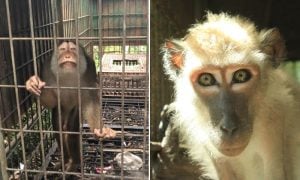Italy, renowned for haute couture and sumptuous wines, is home of the first company that produces leather from grapes. Vegea manufactures sustainable and cruelty-free leather with remnant parts of grapes after wine is made.
Founder Gianpiero Tessitor is an architect and designer who studied vegetal fibers in 2014 to determine which plant-based materials could be processed into eco-friendly products. He concluded that Wineleather could be created using fibers in grape skins and seeds. This wine byproduct will delight eco-conscious clothing designers. Step aside, sommeliers: the fashion industry is appreciating grapes now, too.
After grapes are pressed for wine, the remaining skins, pulp, seeds, and stems are called the grape marc. Rather than disposing of it, Vegea uses it to create synthetic leather that looks like miles of sheets of edible fruit leather.
Worldwide production of wine is almost 7 billion gallons per year. If all the leftover marc were processed into Wineleather it would make over 3 billion square meters of sustainable fabric per year. This natural product made from wine waste is perfectly sustainable. Wineleather can be used to produce furniture, shoes, belts, and anything that is traditionally made from animal skin leather.
Wineleather was honored with the 2017 H&M Foundation Global Change Award, which recognizes individuals or companies for their innovations within the fashion business.
Other cruelty-free leathers and fabrics have been manufactured from bananas, mushrooms, pineapples, hemp, recycled bottles, recycled cotton, cork, recycled rubber, bark cloth from trees, waxed cotton, sewable slate stone, and recycled tires.
Sustainable inventions are popping up everywhere as more people and companies strive to go green to save the Earth. Multiple new products can eliminate meat, leather, dairy, fossil fuels, and other unsustainable and cruel goods. If we continue to prioritize this transformation to eco-friendliness, we can literally save the world.







